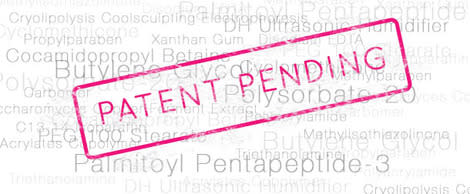What Does it Take to Get a Beauty Patent?
by Natalie Higdon, Birchbox

There's a lot of scientific jargon on skincare labels these days: terms like "particle accelerator" and "ectoplasmic residue" (just kidding, those terms are from Ghostbusters). But the one word that we see frequently-and the one that makes us feel the most confident in a product's claims-is "patent." What does having a patent actually mean? We investigated.
As you might have guessed, a patent is an intellectual property right designed to protect inventions. Here's how it works: You invent something amazing-congratulations, smartypants!-and if you're granted a patent, by law, no other brand can make, use, or sell your invention for a limited time (typically 20 years). It could be an innovative chemical compound like NIA24®'s Pro-NiacinTM, a newly developed form of vitamin B, or a mixture of ingredients like the patented Miracle Skin Transformer complex of antioxidants and vitamins.
So what goes in to securing a patent? According to Caudalie founder Mathilde Thomas, it takes "years of research, experimentation, and testing." For Caudalie specifically, that meant hiring Dr. Joseph Vercauteren, a world specialist in polyphenols (antioxidant compounds) and investing in a laboratory of its own.
Related:Polyphenols: Ingredient Decoder
These new discoveries can equal a big competitive advantage: Viniferine, Caudalie's patented dark-spot eliminating molecule, has proven to be 62 times more effective than vitamin C in clinical tests. It's also made Caudalie's Vinoperfect the number one selling anti-dark spot collection in French pharmacies since 2008.
From the consumer's perspective, the term "patented" can be a way of differentiating between products. "It's proof of a product's innovation and the efficacy of the formula," says Thomas. It's proof, she says, that their company priotizes research and technology.
And, just as in fashion and other industries, these skincare innovations breed knockoffs. Take electronic cleansing brushes, for example. Several brands make similar-looking tools, but only the Clarisonic uses a patented sonic technology that oscillates the brush head at a speed of 300 movements per second. And since slower moving brushes can be more abrasive, buying a product without the tested technology could literally leave you a little red in the face.
See more atBirchbox:
-What is CC Cream?
-The Difference Between Active vs. Inactive Ingredients
-Everything You Need to Know About SPF
